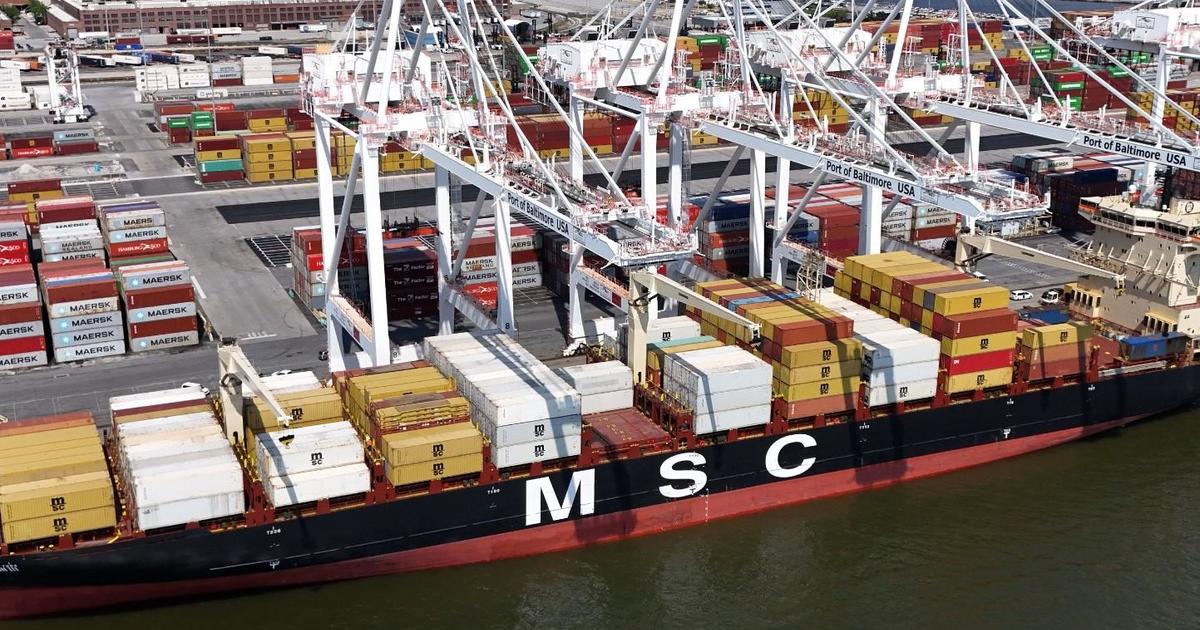NASA Satellite's Path Should Soon Be Clear
BALTIMORE (WJZ) -- By Friday, we should have a better idea where an errant NASA satellite will fall.
Mike Schuh reports it's now the size of a bus but that will change once it hits the atmosphere.
Two decades ago, it was launched into orbit to study the upper atmosphere. As big as a bus, it's out of the fuel needed to keep it in orbit. So, like sandpaper, our atmosphere has slowed it down and gravity is pulling it back.
The bad news: this satellite routinely orbits right over our heads. The good news: the odds of it hitting us are really, really small.
"Seventy-five percent of the earth is water so that means that the likelihood is that it's probably going to fall in an ocean someplace and then, if it should come down over land, most of the land area on earth is pretty much empty," said Franklin Institute astronomer Derek Pitts.
As it winds its way around the globe, it passes over most of the populated areas of the earth. In fact, the only places the high-tech piece of space junk is certain not to fall are the polar and Antarctic ice caps. Six tons to begin with, it should break up into 26 pieces, the largest being 330 pounds, spread out over a 500 mile path.
"We won't have a really good sense until we get within about six hours, maybe four hours, of re-entry. The reason being it is a long path and it depends on the earth's atmosphere and how it's going to affect it," Pitts said.
FEMA is planning a response should it hit in the United States.
Of course, come Friday, we will let you know if the path of debris is anywhere near the East Coast.



